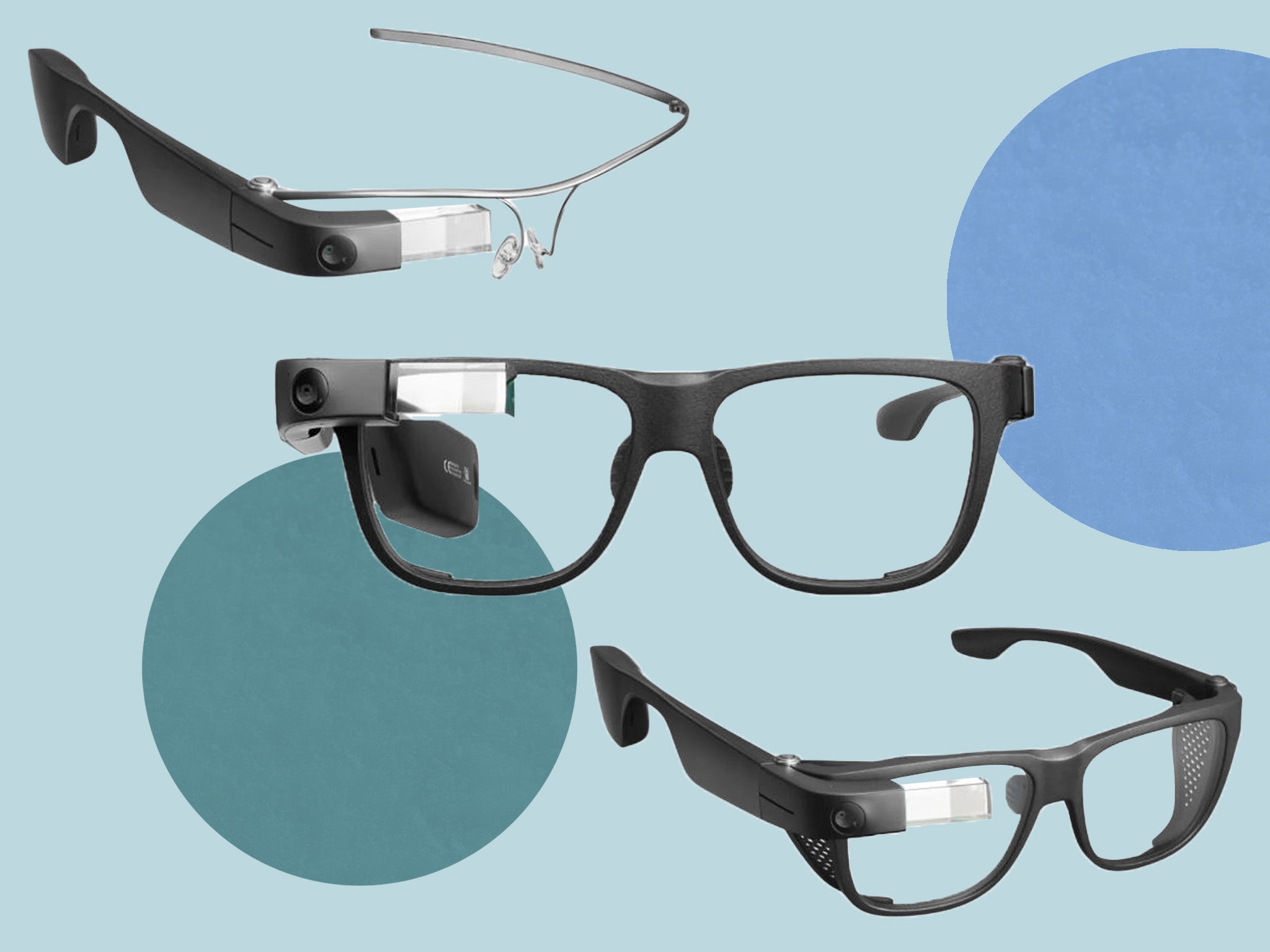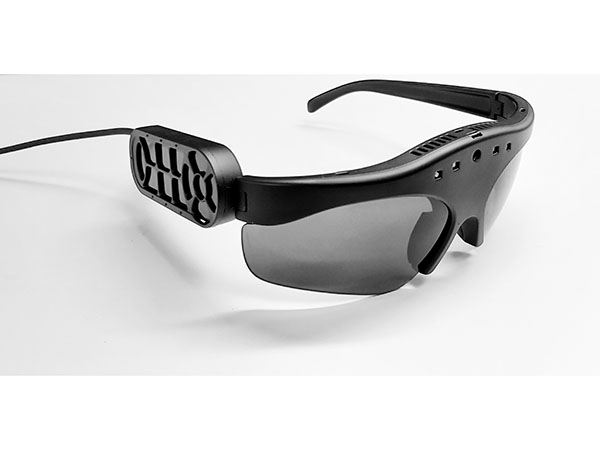OCR Devices for the Blind: Breaking Barriers with Optical Character Recognition
OCR Devices for the Blind: Breaking Barriers with Optical Character Recognition
Blog Article
Discover Advanced Assistive Tools for People With Aesthetic Problems
The landscape of assistive modern technology for people with visual problems is progressing quickly, offering a variety of innovative tools that improve autonomy and involvement (Braille displays and notetakers). From clever glasses that seamlessly merge visual input with acoustic support to innovative navigating applications that redefine spatial understanding, these devices are reshaping opportunities. The newest improvements in Braille innovation and voice-activated systems significantly add to availability. The effects of these developments expand far beyond plain performance; they challenge conventional understandings of special needs and self-reliance. What might this suggest for the future of inclusion and assistance?
Smart Glasses Innovations
Smart glasses stand for a significant innovation in assistive innovation for people with visual impairments. Outfitted with sensors and electronic cameras, wise glasses can record real-time visual information, which is then processed and communicated to the customer through audio comments or haptic sensations.
In addition, advancements in expert system have actually even more boosted the capacities of wise glasses. Machine knowing formulas can recognize faces, read text, and recognize objects, making them very useful tools for everyday tasks. Customers can obtain auditory cues that provide context regarding their setting, cultivating independence and self-confidence.
In addition, the ergonomic style and lightweight nature of lots of clever glasses make them suitable for prolonged usage, making certain comfort while enhancing performance. As these devices continue to progress, they hold the prospective to change the way individuals with visual impairments experience their every day lives, linking the gap in between accessibility and modern technology. The ongoing r & d in this area pledge to expand the possibilities for smart glasses, making them a vital component of modern assistive devices.
Navigation Application and Tools
Various navigating applications and devices have actually become necessary sources for people with visual impairments, significantly enhancing their ability to traverse unfamiliar settings. These modern technologies utilize general practitioner capability, audio hints, and real-time data to provide customers with precise navigating support.
One popular instance is the Aira application, which links users to trained representatives who can provide aesthetic descriptions of environments and navigation assistance through an online video clip feed. This service enhances the user's spatial awareness and confidence while browsing. One more noteworthy device is Seeing Eye GPS, which supplies voice-guided navigating and points of rate of interest, allowing individuals to access essential details regarding their surroundings.

As innovation continues to advance, the growth of a lot more advanced navigating tools promises to more equip individuals with aesthetic disabilities, assisting in seamless flexibility and assimilation into varied atmospheres. Such advancements are critical in promoting an extra inclusive culture.
Braille Innovation Advancements
Over the last few years, improvements in Braille modern technology have actually significantly changed just how people with visual disabilities gain access to info and engage with the globe around them. what do optometrists do The growth of mobile Braille display screens has actually revolutionized reading by enabling individuals to attach wirelessly to tablet computers, smartphones, and computers. These devices convert message right into Braille in real-time, enabling seamless communication with electronic material.
Additionally, cutting-edge Braille printers have emerged, enhancing the manufacturing of responsive materials. Modern embossers are faster and more reliable, enabling the quick development of Braille files and educational materials. This efficiency decreases the time and cost connected with producing Braille sources, making them much more easily accessible to institutions and companies.
Furthermore, the integration of Braille with other technologies, such as fabricated knowledge and artificial intelligence, has actually opened up brand-new opportunities for customized learning experiences. Voice acknowledgment and synthesis modern technologies can enhance Braille, supplying an inclusive strategy to details dissemination.
As the need for inclusive you could try here education and learning and work environment environments expands, these technological innovations play a crucial duty in empowering people with visual disabilities, guaranteeing they have equal accessibility to information and opportunities in numerous aspects of life.
Wearable Instruments for Independence
An expanding array of wearable devices is enhancing self-reliance for people with visual problems, offering ingenious solutions that enhance navigation and daily living. Braille displays and notetakers. These gadgets make use of advanced technologies to supply real-time feedback and support, promoting autonomy in various settings

Wearable technology likewise includes smartwatches that can be configured with accessibility functions, making it possible for users to obtain notifications, track their places, or perhaps call for help with the touch of a switch. Some devices incorporate man-made knowledge to analyze the environment, offering audio descriptions of nearby things or individuals.
Voice-Activated Assistive Solutions
Leveraging voice-activated assistive remedies has actually transformed the landscape of support for individuals with visual disabilities, providing hands-free interaction and access to a what is an eye doctor range of tasks. These technologies use natural language processing and expert system to enable users to perform everyday activities through easy voice commands.

Additionally, current improvements in voice recognition accuracy have enhanced the individual experience dramatically, accommodating diverse accents and speech patterns. This inclusivity ensures that more individuals can take advantage of these technologies, fostering a higher feeling of freedom.
Conclusion
In conclusion, the advancement of advanced assistive tools significantly enhances the freedom and lifestyle for people with visual impairments. Developments such as smart glasses, navigating apps, Braille innovation, wearable gadgets, and voice-activated services jointly cultivate an even more comprehensive atmosphere. These technologies encourage individuals to navigate their surroundings with self-confidence and involve even more completely with the world, ultimately advertising higher ease of access and equal possibilities for people encountering visual obstacles.
The landscape of assistive modern technology for people with visual disabilities is advancing quickly, providing a range of cutting-edge devices that boost autonomy and engagement.Smart glasses represent a significant development in assistive technology for people with aesthetic disabilities. As these devices proceed to develop, they hold the possible to transform the way people with visual impairments experience their day-to-day lives, connecting the gap in between availability and modern technology.In current years, advancements in Braille modern technology have actually considerably transformed exactly how individuals with aesthetic disabilities access info and engage with the globe around them. These modern technologies equip customers to navigate their environments with self-confidence and involve even more fully with the globe, ultimately advertising greater availability and equal chances for people facing aesthetic obstacles.
Report this page